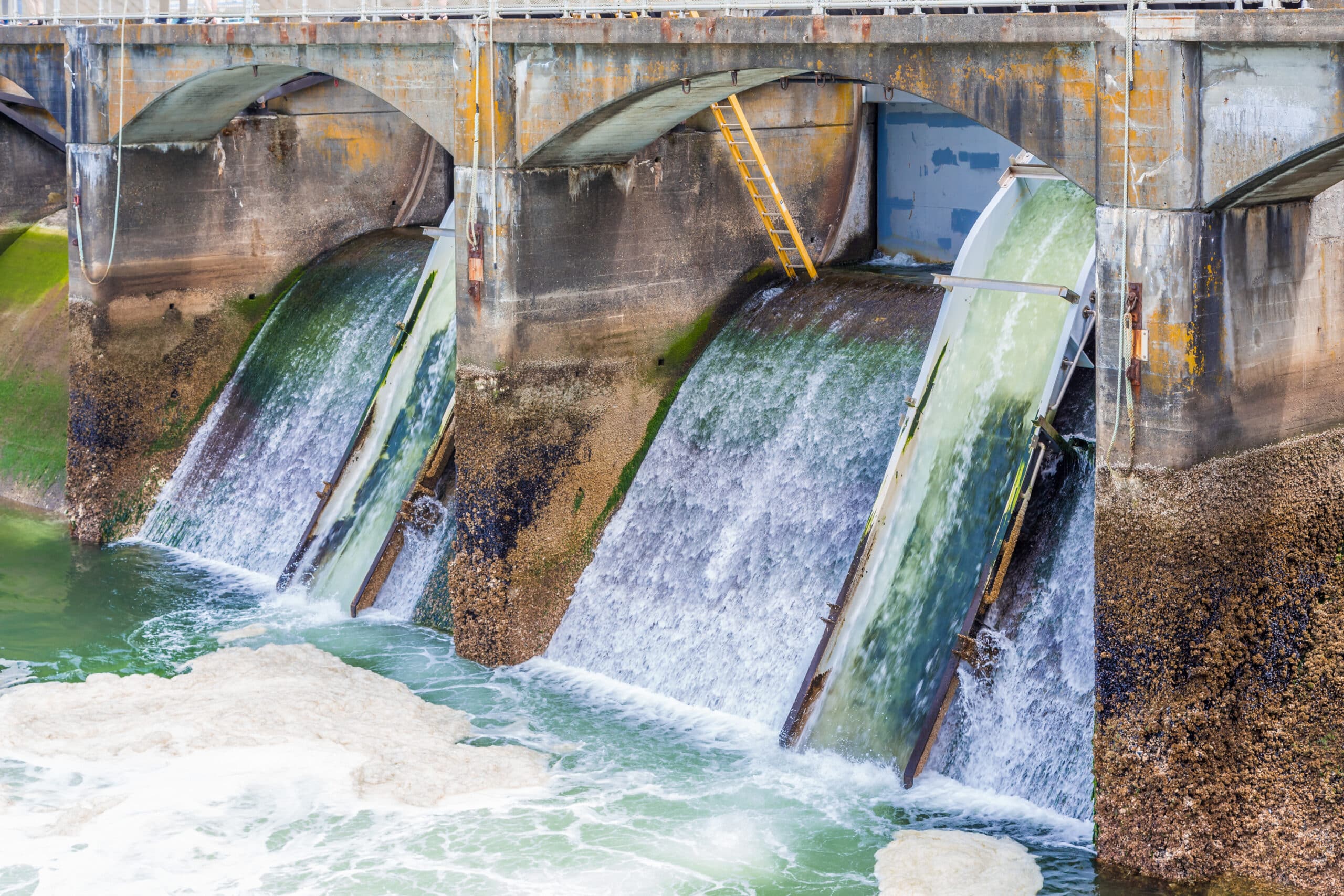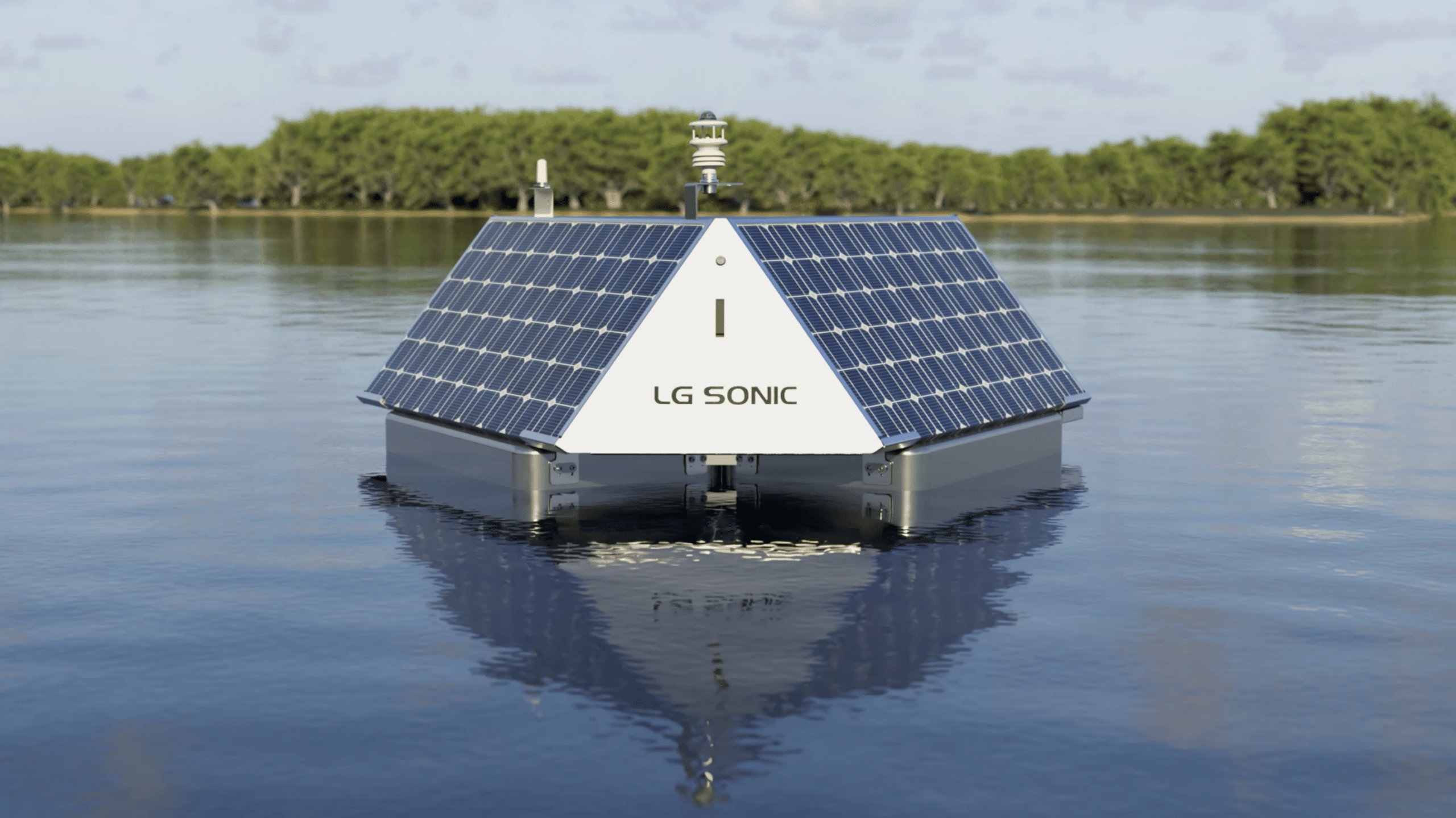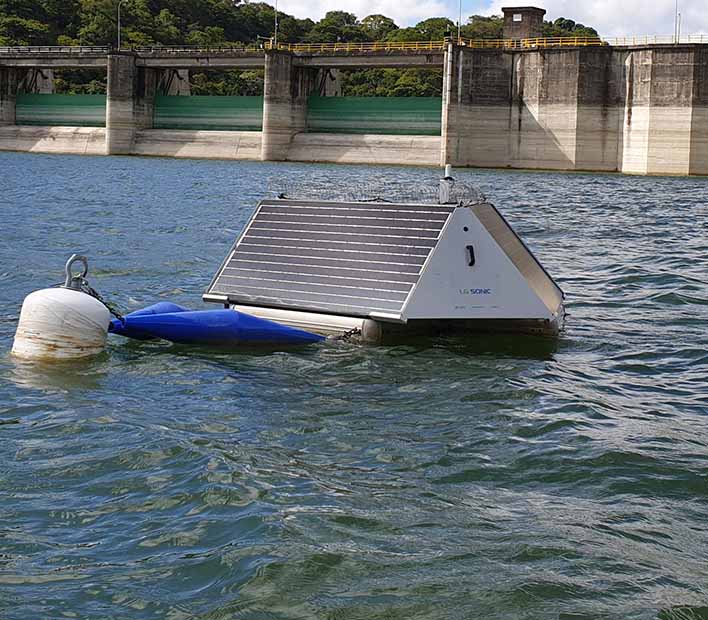Hydropower remains one of the most reliable and sustainable sources of energy, contributing significantly to global electricity generation. However, the efficiency of hydropower facilities can be hampered by various factors, including the growth of algae in reservoirs and waterways. Algae accumulation not only reduces water quality but also compromises turbine performance and facility efficiency, leading to decreased output and increased maintenance costs.
In this article, we explore how LG Sonic’s innovative algae control technology is revolutionizing the management of hydropower facilities, ultimately enhancing their performance and optimizing energy production.
Challenges Faced by Hydropower Facilities
Algae proliferation in water bodies is a widespread issue, exacerbated by factors such as nutrient runoff, sunlight exposure, and fluctuating water temperatures. In hydropower facilities, algae growth poses multiple challenges:
Diminished Water Quality: Algal blooms can degrade water quality by consuming oxygen and releasing toxins, which can harm aquatic life and necessitate additional treatment before water enters turbines. This degradation can necessitate additional water treatment processes before water can be used in turbines. Poor water quality can also affect the health of downstream ecosystems, making it imperative for facilities to manage and mitigate these effects.

Turbine Performance: Algal blooms can significantly impact turbine performance in hydropower facilities by clogging intake screens and filters, which reduces water flow and operational efficiency. The accumulation of algae on turbine blades increases friction and drag, leading to decreased energy conversion efficiency and higher maintenance costs. Additionally, the increased wear and tear on turbine components due to algae buildup necessitates more frequent repairs and can shorten the lifespan of the equipment.

Impact on Tunnels: In many hydropower facilities, tunnels play a critical role. These tunnels, often constructed through mountains or other geographic features, are used to divert water from the reservoir to the turbines. The tunnels are lined with concrete to ensure durability and prevent leaks. Over time, organic growth such as algae can develop on these concrete linings, affecting the tunnel’s efficiency and integrity.

Hydropower Facility Efficiency: Algal blooms affect the overall efficiency of hydropower facilities beyond just turbine performance. Reduced water flow to turbines not only decreases energy output but also disrupts the balance of water management within the facility. This imbalance can lead to operational inefficiencies, increased downtime for maintenance, and higher operational costs. Additionally, the need for additional water treatment to manage algae-related issues further impacts the facility’s overall efficiency.
Economic Impacts: Algal blooms pose significant economic challenges for hydropower facilities. These include expenses related to increased maintenance, repairs due to equipment degradation, and potential fines or penalties for non-compliance with water quality regulations. The economic burden can strain operational budgets and affect the financial viability of hydropower projects.
Strategies for Improved Hydropower Operations
LG Sonic introduces cutting-edge technology designed to revolutionize algae management. By leveraging ultrasonic waves, our solution targets algae at its root, preventing blooms from forming and restoring water quality. This proactive approach not only enhances operational efficiency of hydropower facilities, but also minimizes the need for costly reactive treatments.

LG Sonic’s algae control technology offers strategic advantages:
Proactive Management: Continuous monitoring of water quality and environmental conditions can help predict and manage algal blooms, ensuring timely interventions to prevent severe impacts.
Operational Optimization: By continuously controlling algae, LG Sonic’s technology reduces the need for frequent maintenance and cleaning of turbines and tunnels. This minimizes operational downtime and maintenance costs, enhancing the overall efficiency of hydropower facilities. The technology ensures that water flow remains unobstructed, maintaining optimal turbine performance.

Environmental Stewardship: LG Sonic’s algae control solutions are eco-friendly and do not rely on harmful chemicals. This helps preserve aquatic ecosystems and ensures compliance with stringent water quality regulations. The ultrasonic technology used disrupts algae cells without damaging other aquatic life, promoting a healthier environment.
Remotely Operated Device: One of the key advantages of LG Sonic’s technology is its ability to operate remotely. This is particularly beneficial for hydropower facilities located in mountainous regions where access can be challenging. The remotely operated devices eliminate the need for constant on-site manpower, making it easier to manage algae control in remote locations.
Conclusion
Effective algae control is crucial for enhancing hydropower facility efficiency. By reducing fouling and maintaining optimal flow conditions, algae control solutions contribute to increased energy production, reduced maintenance costs, and improved operational reliability.LG Sonic’s research-proven, innovative solutions effectively reduce the impacts of algal blooms, promoting sustainable energy production and environmental conservation.
To discover examples of our applications and discover success stories from around the world, we invite you to explore our website. If you have any hesitations about our solutions, reach out to us via our contact form for free consultations.
